Under the Patient Protection and Affordable Care Act (ACA), millions of uninsured adults and children will gain eligibility for Medicaid or health coverage through new health insurance Exchanges beginning in 2014. The law calls upon states to develop simple and streamlined processes for establishing, verifying and updating eligibility for Medicaid, the Children’s Health Insurance Program and federal subsidies for Exchange coverage.
This issue brief, published in partnership with the Kaiser Commission on Medicaid and the Uninsured, examines how states can employ “express lane” principles in designing systems that use existing data held by other government agencies to help identify individuals who may be eligible for Medicaid, CHIP or subsidies for other coverage and enroll them or renew their coverage, as appropriate, under the health reform law. To do this, states will need to create linkages between the health subsidy programs and public programs such as the Supplemental Nutrition Assistance Program (SNAP)and Temporary Assistance for Needy Families (TANF), and with databases held by federal agencies such as the Social Security Administration, the Department of Homeland Security and the Internal Revenue Service.
Download PDF